Medlatec Clinic No. 2 provided emergency care to patient NTL (6 years old, in Hanoi ) who had a seizure due to high fever caused by influenza A.
Boy has convulsions due to influenza A, experts warn about things parents need to know
Medlatec Clinic No. 2 provided emergency care to patient NTL (6 years old, in Hanoi) who had a seizure due to high fever caused by influenza A.
MSc. Tran Thi Kim Ngoc - Pediatrics, Medlatec Clinic No. 2 said that before coming to the clinic, baby L. had a high fever lasting 24 hours, then suddenly had convulsions, lost consciousness, purple lips, purple hands and feet. The family immediately took the child to the emergency room.
 |
| Illustration photo. |
At Medlatec , through examination, it was discovered that the child had a high fever of 40 degrees, convulsions when having a high fever, purple lips, purple hands and feet, and lost consciousness for about 1 minute. This was treated with anticonvulsants and intravenous antipyretics. Paraclinical results showed that the child had bronchopneumonia due to influenza A.
Based on test results and imaging diagnosis, the doctor concluded that the child had bronchopneumonia due to influenza A complicated by high fever and convulsions.
From the case of baby L., Dr. Ngoc warned that high fever and convulsions can be a dangerous complication of influenza A, especially in young children. If not treated promptly, convulsions can cause many serious consequences such as brain damage: When a child has a prolonged convulsion, the brain can be deprived of oxygen, increasing the risk of affecting intellectual and neurological development.
Choking or suffocation: During a seizure, a child may choke on saliva, milk or food if not positioned correctly, causing airway obstruction.
Risk of respiratory failure: Some cases of convulsions are accompanied by difficulty breathing, cyanosis, which can progress to respiratory failure if not treated promptly.
To avoid seizures due to fever, parents need to note the following: Closely monitor the child's body temperature because when a child has influenza A, high fever is a common symptom.
Parents should measure the temperature every hour. If the fever is above 38.5°C, reduce the fever with paracetamol in the correct dosage. Combine with wiping the forehead, neck, armpits, and groin with a warm towel to help reduce the fever.
Provide adequate water and nutrition: Give your child plenty of water, milk, oral rehydration solution (ORS) or fruit juice to avoid dehydration. Ensure an easily digestible, nutritious diet to boost immunity.
Isolation and hygiene: Avoid contact with others to limit the spread of the virus. Clean your nose and throat with saline solution and keep your body warm. Wear a mask and wash your hands regularly to reduce the risk of infection.
In case a child has a seizure due to high fever, parents need to stay calm and follow these steps: Place the child on one side to avoid choking.
Use a spoon wrapped in a towel (or the corner of the towel) to put in the child's mouth to avoid biting the tongue. Loosen clothing, do not hold the child's body too tightly. Reduce fever immediately with suppositories and compresses.
Never squeeze lemon or pour medicine into a child's mouth while he or she is having a seizure, as this can cause choking, suffocation, or death. Wrapping the child tightly or keeping them warm can increase their temperature and cause prolonged seizures.
Cooling with ice water makes the child shiver and is ineffective. Using alcohol can easily burn the skin, and rubbing alcohol can easily cause poisoning. Do not use hard objects across the child's mouth as this can break teeth, damage gums, and damage the child's oral mucosa.
Call an ambulance or take your child to a medical facility immediately if: The seizure lasts more than 5 minutes; The child does not regain consciousness after the seizure; The child turns blue or has difficulty breathing.
Regarding seasonal flu, according to information from the Ministry of Health , on February 5, the surveillance system recorded an outbreak of seasonal flu in Japan, with about 9.5 million flu cases from September 2, 2024 to January 26, 2025.
The most affected areas are densely populated and tourist-rich areas such as Tokyo, Hokkaido, Osaka and Fukuoka. The outbreak is mainly caused by influenza A, but there is still a risk of influenza B outbreaks.
According to the World Health Organization (WHO), the incidence of influenza and acute respiratory infections (ARIs) increased in many countries in the Northern Hemisphere in the last weeks of 2024, exceeding the normal baseline. This was prevalent in countries in Europe, North America, Central America, West Africa, North Africa, East Africa and many countries in Asia.
The Ministry of Health has provided information regarding the seasonal flu outbreak in Japan as well as the epidemic situation in some areas around the world.
According to data released on January 31, 2025 by the National Institute of Infectious Diseases of Japan, from September 2, 2024 to January 26, 2025, Japan recorded about 9.5 million cases of seasonal flu, of which the last week of 2024 recorded more than 317 thousand cases. The current outbreak of seasonal flu in Japan is mainly caused by influenza A, but there is still a risk of an outbreak of influenza B.
The World Health Organization (WHO) previously reported that in many countries in the Northern Hemisphere, acute respiratory infections tend to increase at the end of the year due to agents such as seasonal influenza viruses, respiratory syncytial virus (RSV), and other common viruses such as hMPV and mycoplasma pneumoniae.
The incidence of influenza-like illness (ILI) or acute respiratory infections (ARI) in several Northern Hemisphere countries increased in the last weeks of 2024, exceeding the usual baseline, WHO said.
In addition, according to global influenza surveillance, seasonal influenza is also increasing in many European countries (with all subtypes of influenza viruses), North America (mainly influenza A), Central America and the Caribbean (mainly influenza A/H3N2), West Africa (mainly influenza B), North Africa (mainly influenza A/H3N2), East Africa (mainly influenza B), and many countries in Asia (mainly influenza A(H1N1) pdm09). This is consistent with the typical trend of influenza at the end of the year.
With current weather conditions favorable for the spread of respiratory pathogens, the Ministry of Health will continue to closely monitor the domestic and international epidemic situation to direct localities and units to deploy appropriate and timely prevention measures.
The Ministry of Health also affirmed that it will provide complete and accurate information so that people do not panic or worry, but still do not be subjective or negligent in the face of disease developments.
To effectively prevent seasonal flu, the Ministry of Health recommends that people take the following measures: Cover your mouth and nose when coughing or sneezing, preferably with a cloth, handkerchief, disposable tissue, or sleeve to reduce the spread of respiratory secretions.
Wear a mask in crowded places and on public transport. Wash your hands frequently with soap and water or hand sanitizer, especially after coughing or sneezing.
Do not spit in public places and limit unnecessary contact with people who have the flu or are suspected of having the flu. Get a seasonal flu vaccine to prevent the disease. Practice a healthy lifestyle, eat a nutritious diet to strengthen your immune system, prevent influenza virus infection, and maintain a physical activity routine.
When experiencing symptoms of cough, fever, runny nose, headache, fatigue, people should not self-test or buy medicine to treat at home but should contact a medical facility for timely advice and treatment.
Source: https://baodautu.vn/be-trai-co-giat-vi-mac-cum-a-chuyen-gia-canh-bao-nhung-dieu-cha-me-can-biet-d245355.html


![[Photo] Prime Minister Pham Minh Chinh and his wife meet the Vietnamese community in Algeria](https://vphoto.vietnam.vn/thumb/1200x675/vietnam/resource/IMAGE/2025/11/19/1763510299099_1763510015166-jpg.webp)
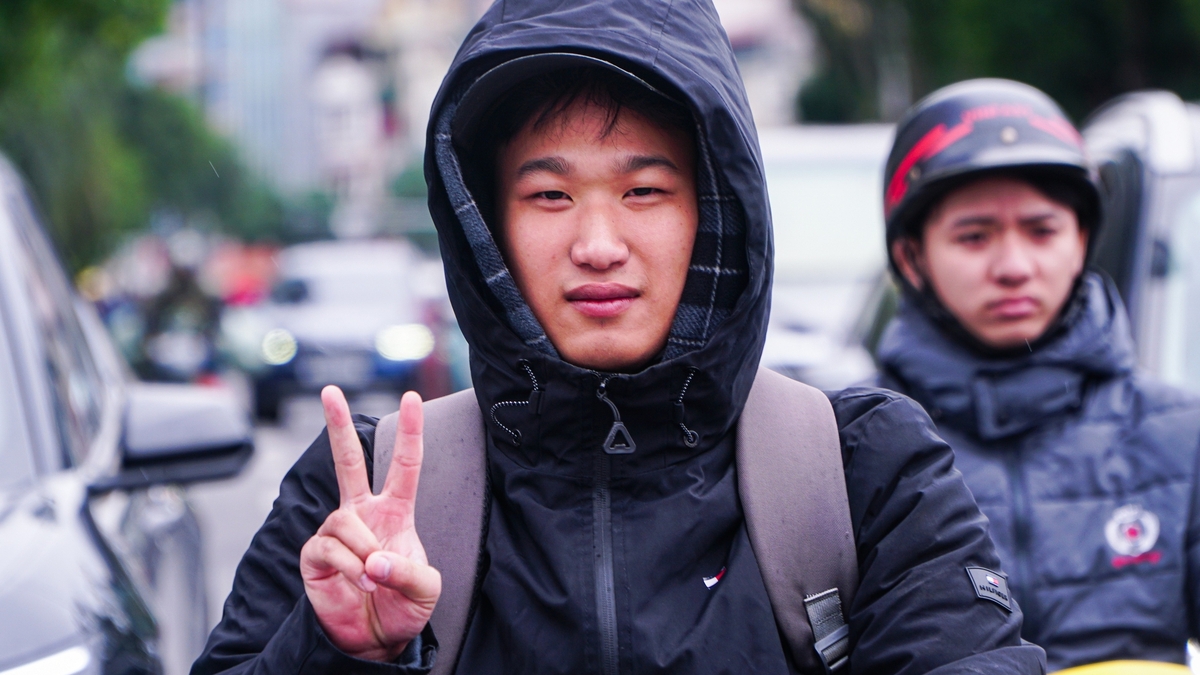
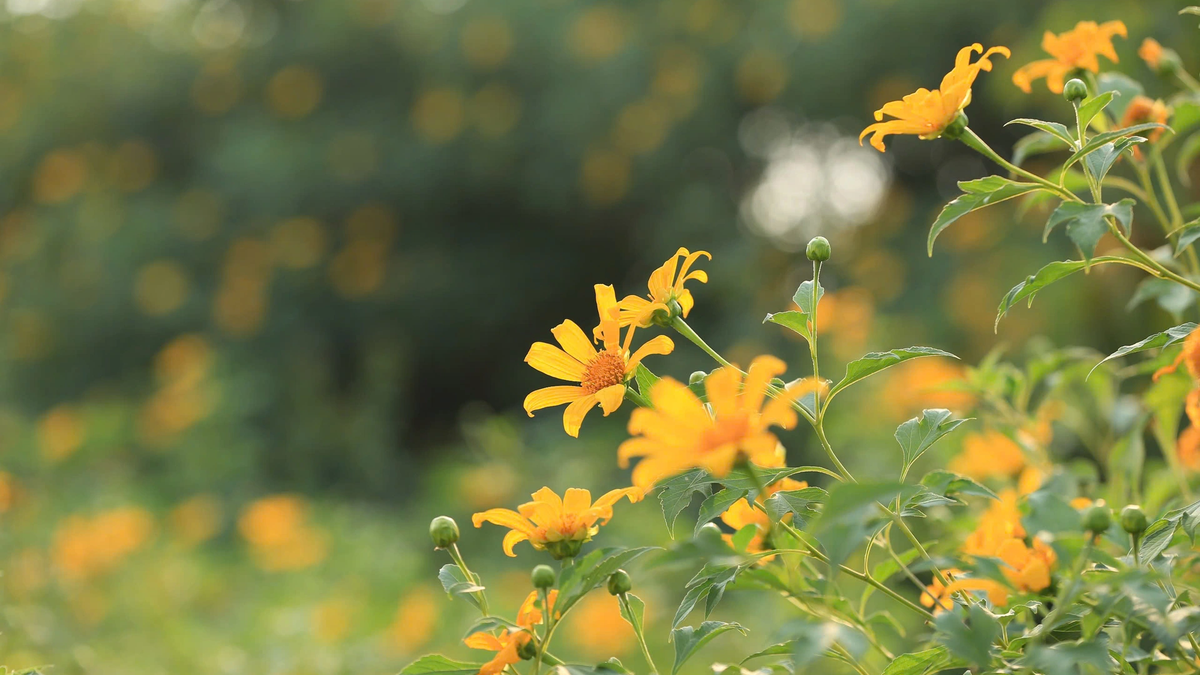
![[Photo] The Standing Committee of the Organizing Subcommittee serving the 14th National Party Congress meets on information and propaganda work for the Congress.](https://vphoto.vietnam.vn/thumb/1200x675/vietnam/resource/IMAGE/2025/11/19/1763531906775_tieu-ban-phuc-vu-dh-19-11-9302-614-jpg.webp)




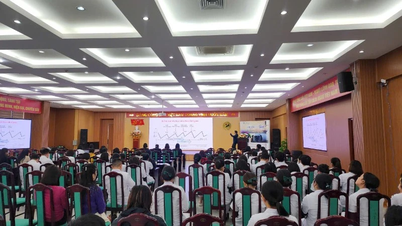



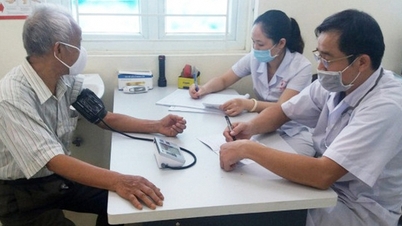


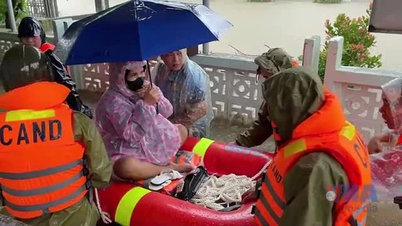








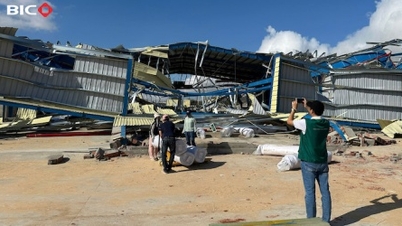


![[Photo] General Secretary To Lam receives CEO of AP Moller-Maersk Group, Denmark](https://vphoto.vietnam.vn/thumb/1200x675/vietnam/resource/IMAGE/2025/11/18/1763462288958_a3-bnd-8222-2510-jpg.webp)
![[Photo] General Secretary To Lam receives Slovakian Deputy Prime Minister and Minister of Defense Robert Kalinak](https://vphoto.vietnam.vn/thumb/1200x675/vietnam/resource/IMAGE/2025/11/18/1763467091441_a1-bnd-8261-6981-jpg.webp)













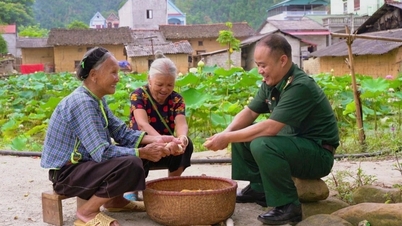












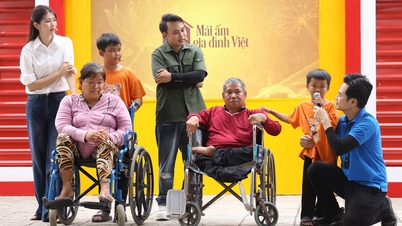




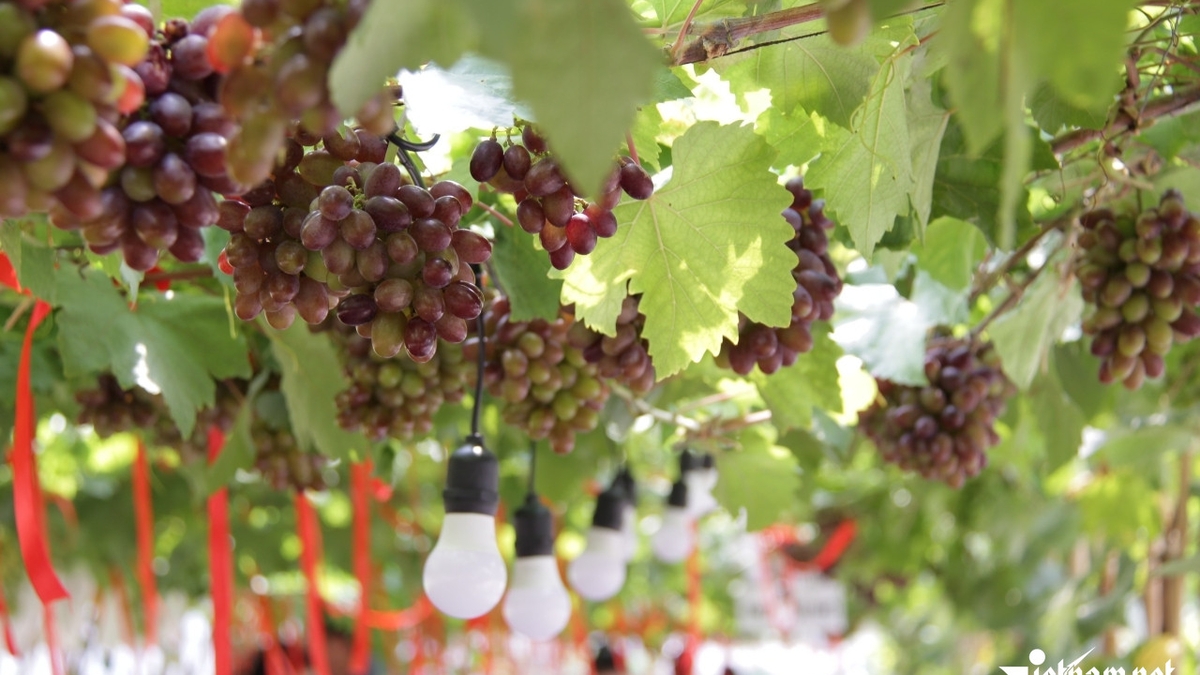
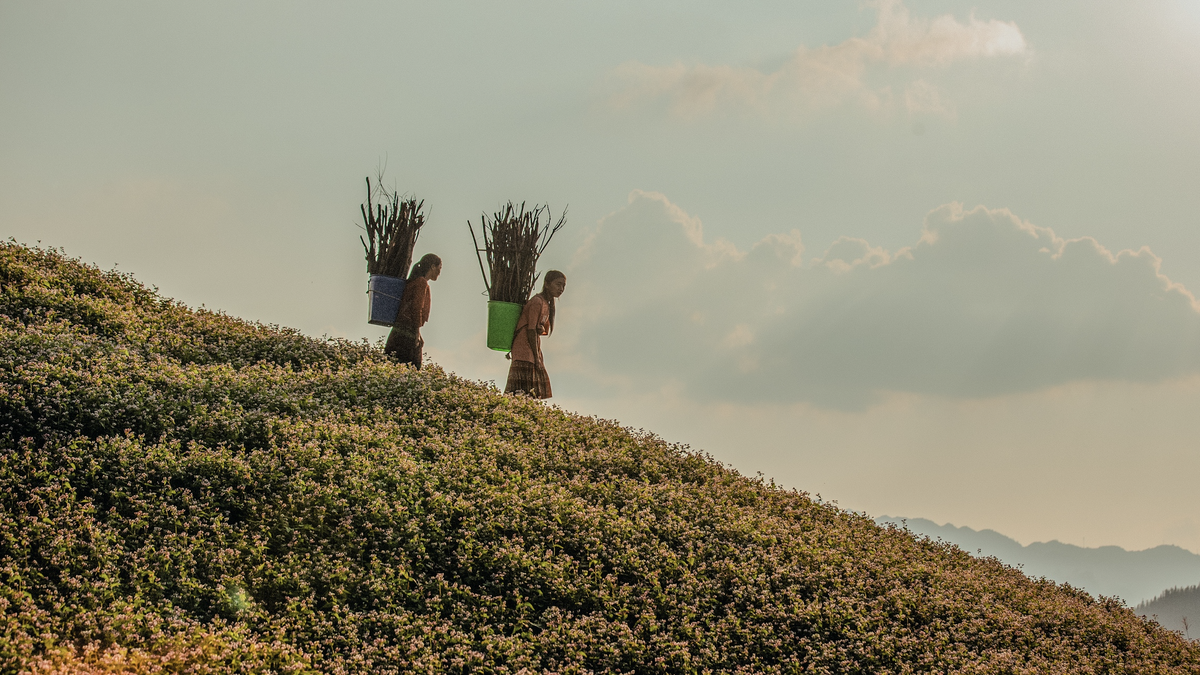








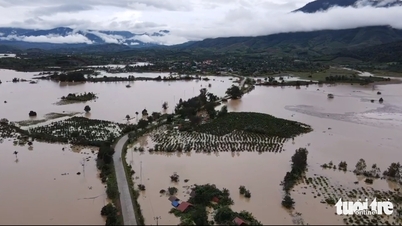









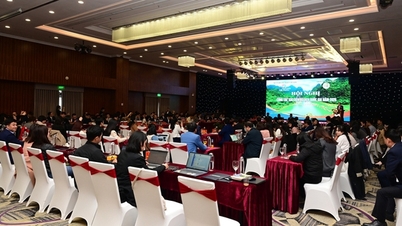

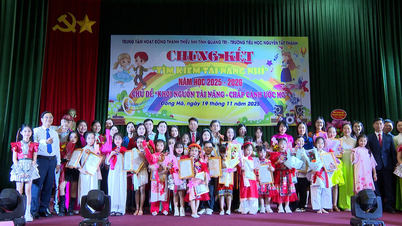

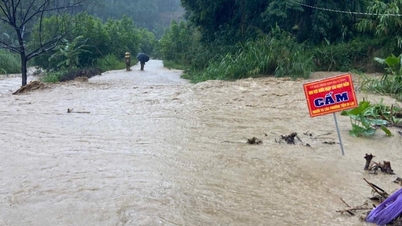







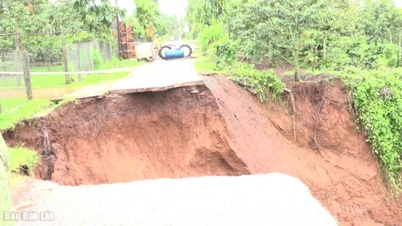
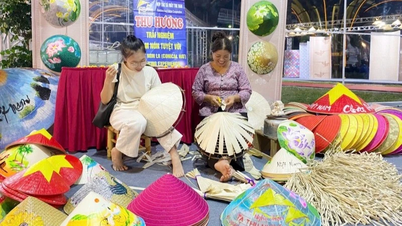




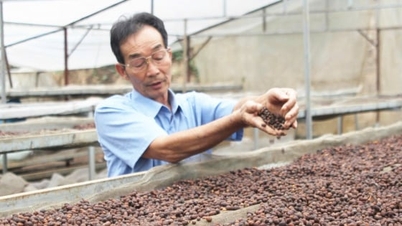








Comment (0)